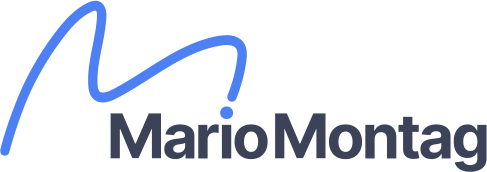I am personally interested in the concept of humanizing capitalism, especially since I pivoted my career from running tech startups to investing in and coaching entrepreneurs acquiring small businesses from retiring baby boomers. Over the past three months, several CEOs of Fruition Capital portfolio companies and some of my coaching clients have asked about options to provide employees with ownership stakes in their small companies. Employee ownership has been on my short list of topics to write about, and after spending an entire Saturday at the Harvard Business School PE Conference, I was further inspired. At the conference, I learned about KKR’s success in implementing employee ownership at CHI Overhead Doors, which led to a 10x return on their investment and $360M distributed to 800 employees upon the company’s sale.
A great summary of the HBS case study on KKR, CHI Overhead Doors, and the work led by Pete Stavros can be found in this HBS article: How KKR Got More by Giving Ownership to the Factory Floor. Stavros also founded a non-profit called Ownership Works, which provides education, resources, and a roadmap for companies looking to expand employee ownership: Ownership Works.
Another non-profit dedicated to advancing the employee ownership movement is Project Equity: Project Equity. This organization helps business owners navigate the transition to employee ownership by offering two flexible capital solutions to facilitate partial or full sales to employees, ensuring businesses have the necessary funds before, during, and after the transition. Additionally, Project Equity assists in defining business owners’ goals, ensuring a fair sale price, and selecting the most suitable ownership model.
The three main types of broad-based employee ownership are:

- Employee Stock Ownership Plans (ESOPs) – These require regulatory compliance and administrative oversight but provide employees with stock in the company.
- Worker Cooperatives – These offer direct ownership and decision-making power to employees, fostering engagement and accountability.
- Employee Ownership Trusts (EOTs) – These provide long-term stability by holding the business in trust for employees without requiring direct buy-ins.
For small businesses, worker cooperatives and EOTs can be particularly effective due to their simpler structures compared to ESOPs. By transitioning to employee ownership, small business owners can create stronger incentives for employees, improve retention, and build a more resilient, motivated workforce.
As Pete Stavros stated, “I am more focused on how we can generate $100 billion and then $200 billion. To impact tens of millions of people, a number of things will have to happen. For one, it’s going to take a mindset change in corporate America, where people decide ownership belongs in more hands than just the top one or two layers of an organization. I think there is also going to need to be some IP development around how you administer broad programs of ownership, and how you communicate them. And lastly, broad ownership needs to become accepted enough and common enough that leaders do not feel like they are taking a huge risk by sharing ownership with all employees. Additionally, employees have to believe this is real; there is a lot of mistrust between workers and management in corporate America today.”
This highlights the need for a cultural shift in how companies approach ownership. Beyond financial incentives, organizations must foster trust and transparency to successfully implement broad-based employee ownership. By making ownership a widespread and accepted practice, businesses can drive long-term economic impact and enhance engagement at all levels of the workforce.
Have you seen firsthand the results of rolling out employee ownership to profitable companies? Would you recommend any other resources to continue learning about the subject? Chime in below to get the conversation going. I look forward to influencing PortCos and coaching clients with changes to their business model that brings more wealth to lower-income families.
